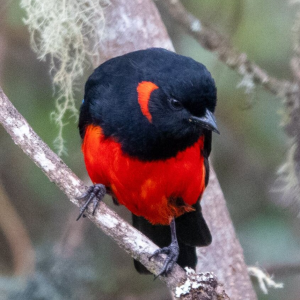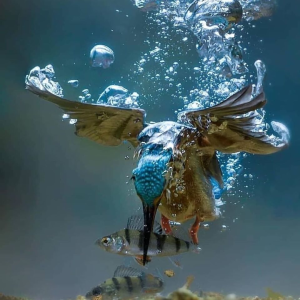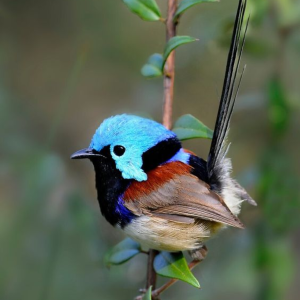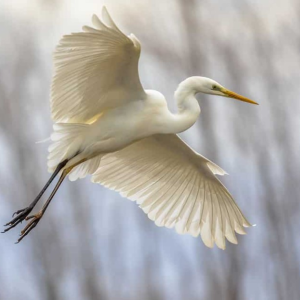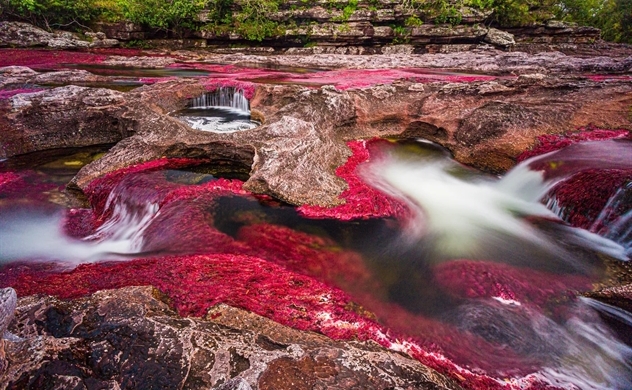
The Caño Cristales river in La Macarena is nature’s watercolor palette. Photo: Cntraveller.
These stunning natural phenomena from around the world will take your breath away!
Around the world there are many wonderful sights to see in nature. Below is a list of the 10 most spectacular natural phenomena in the world.
Northern Lights, Iceland
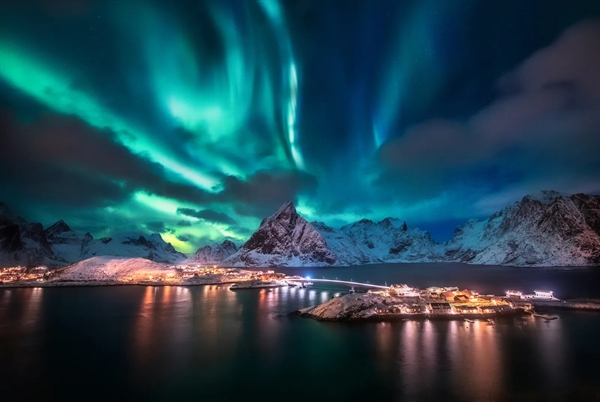 |
| From Reykjavik in Iceland, witness stunning displays of red, blue and green in the sky. Also known as the Aurora Borealis, they are created when charged particles in the sun interact with atoms in the atmosphere. Visit from December to March for the best views. |
Bioluminescent Coast, Maldives
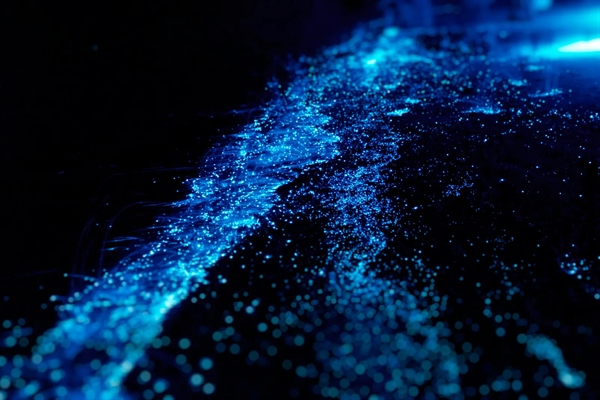 |
| In the Maldives’ Vaadhoo Island, ocean waves glow in the dark. As night falls, plankton in the water emit a bright blue light, making the water appear to glow. Visit from June to December and dip your toes in the sparkling waters |
Moon Rainbow, Zimbabwe
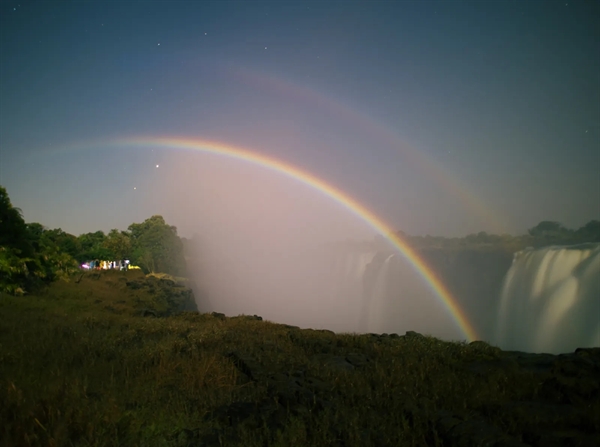 |
| Moonbow is essentially a rainbow caused by moonlight. A variety of factors such as a full moon, sufficient water spray and clear skies are needed for a lunar rainbow to appear. At Victoria Falls on the border of Zambia and Zimbabwe, you can encounter a waterfall between June and August. |
Bao set Catatumbo, Venezuela
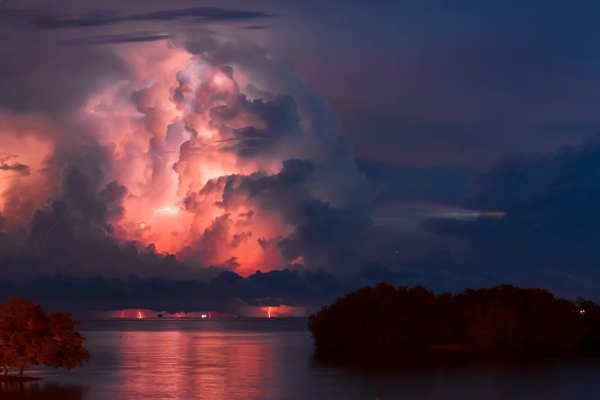 |
| Catatumbo lightning occurs where the Catatumbo River flows into Venezuela’s Lake Maracaibo. Lightning typically occurs more than 100 days a year due to the region’s unique wind and heat patterns. It is so common that locals in the area have become accustomed to the incessant storms. |
Sort sol, Denmark
 |
| Every spring and autumn in Denmark, millions of starlings fly north. The flock is so large that the sun is practically obscured by the birds as it sets, hence the name “sort sol”, which means “black sun”. The event lasted for 20 minutes and was a sight to behold. |
Caño Cristales ‘Liquid Rainbow’, Colombia
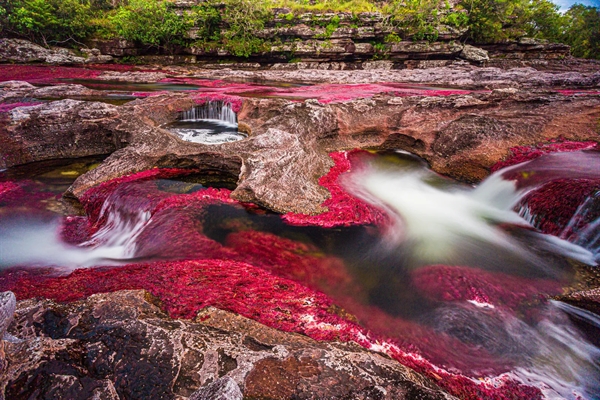 |
| The Caño Cristales river in La Macarena is nature’s watercolor palette. From July to October, the river is highlighted with flashes of red, yellow, green and blue. The colors appear due to the reproduction of aquatic plants in the river at that time and create a liquid rainbow. |
Pink Lake, South Australia
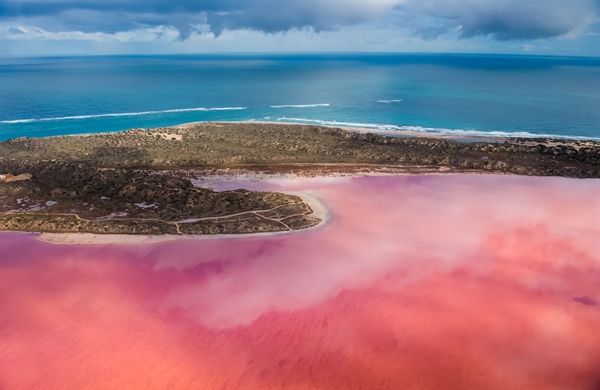 |
| If you love all things pink, head to South Australia, where Lake Macdonell and Lake Bumbunga are truly bright pink. High concentrations of salt, algae and pink bacteria called halobacteria give the lakes their unique color. |
Blood Falls, Antarctica
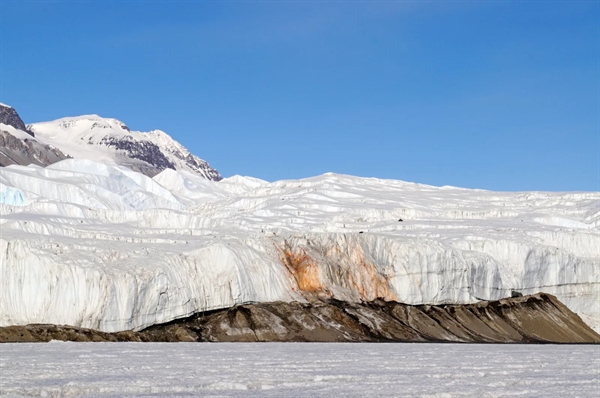 |
| Taylor Glacier’s Blood Falls are so named because of their deep red color. For many years its origin remained a mystery but in 2017 scientists discovered that iron oxidizes in salt water creating a deep red color. It may look scary, but it’s simple science. |
Great Blue Hole, Belize
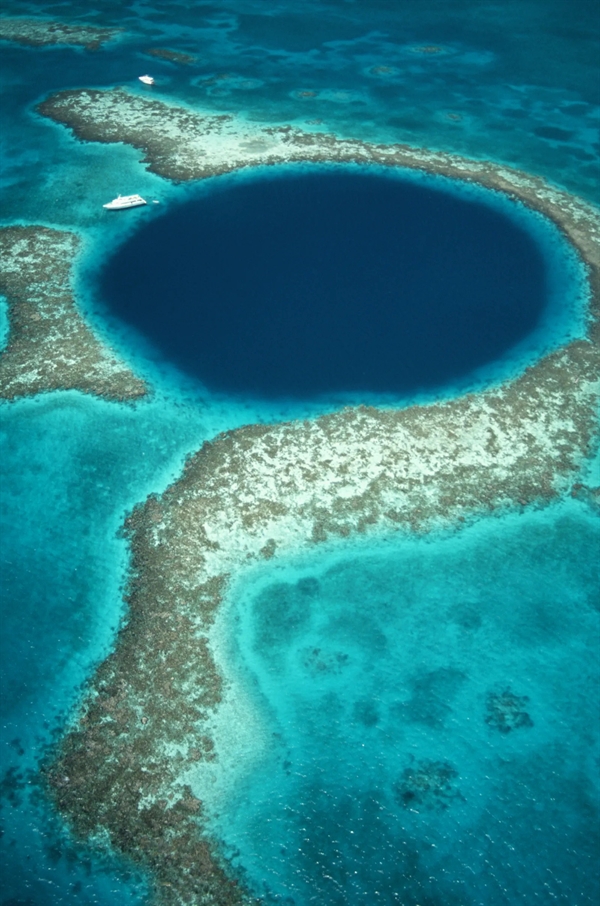 |
| The Great Blue Hole is a giant marine sinkhole off the coast of Belize. This almost perfect deep blue abyssal sphere was formed during the ice age when water levels were significantly lower. Today, it has grown larger and is a famous diving area. |
Mirror of the sky, Bolivia
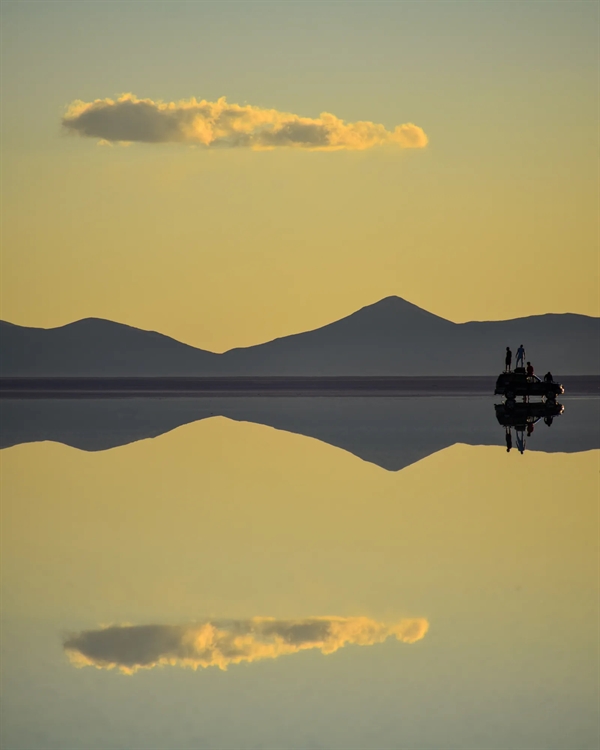 |
| Salar de Uyuni in southwestern Bolivia is the largest salt flat in the world. Between December and April, when the lake water flows into the flat surface, the thin layer of clear water reflects the clear blue sky above. Here, you can walk on a shallow surface, with the sky above and below. |
